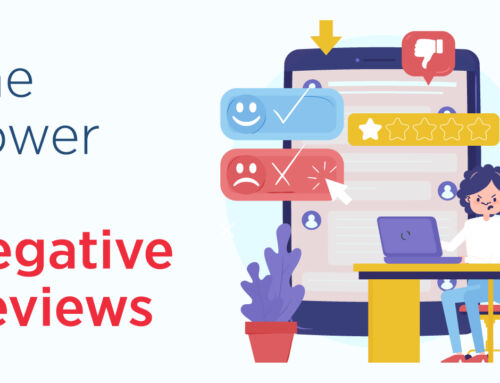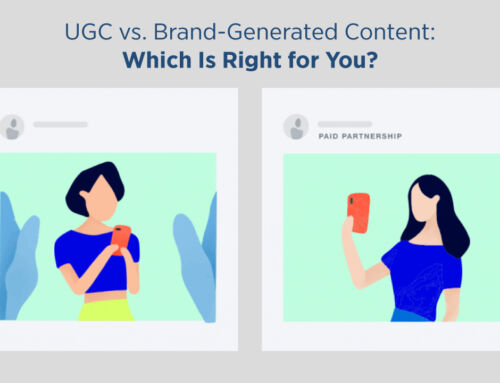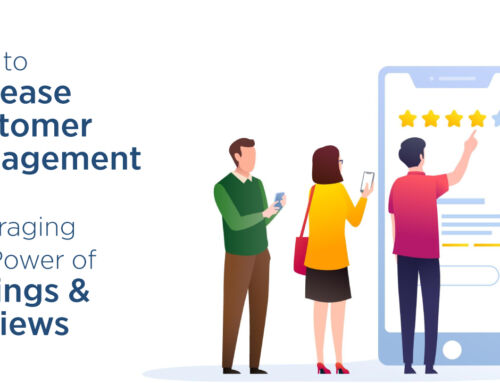Last updated on November 10, 2021
There is an old, unwritten rule, that goes a little something like this “Don’t talk about your finances with anyone”. Some quotes like this are timeless but I think that this one has run its course. Canadian debt is becoming a serious problem that definitely requires more attention.
Financial education is something that should be widely accepted and embraced by all. According to CBC news, Millennial debt has shown a 12.3% increase since 2018 and sits around $515.9 billion dollars. To make matters even more concerning, its younger counterpart, Gen-X is hovering around $767.4 billion.
Now, this statistic does not happen to consider if this is “good debt” or “bad debt”, which we will cover later, but is still cause for concern. We must start asking ourselves serious questions about how we are spending our money, where we should we invest our money, and pursue a new standard that allows for more openness about our financial situations.
Canadian Debt: You are not alone
Do you feel like you are constantly running away from your credit card statement, mortgage payments, and utility bills? Truth be told, you are not alone. Consider these Canadian statistics for a moment:
- 94% of Canadians agree that the average household has to much debt (Manulife Bank Debt Survey)
- 84% state that getting out of financial debt is their number one priority
- 30% feel that they can’t do things they enjoy because of debt
- 67% of Canadians assume that others are also in debt
- 40% think that they will not become debt free in their life-time
More information available here!
Canadian Debt: Good debt versus bad debt
When we hear the word debt, usually the worst comes to mind. What if I were to tell you that debt can be broken down into two categories: good and bad? A survey with over 8000 respondents, conducted by our team at Caddle, indicated that 54% of our members are only slightly familiar with the concept of bad debt. That being said, let’s analyze the differences.
Good Debt
This form of debt involves taking out a loan or refinancing a property in order to use the equity to invest into something that will ultimately generate income. Good debt includes, but is not limited too, investing in your education, opening a small business, or real estate and homeownership. This type debt is two-fold because as you are making the payments for your loan you are developing a relationship with your financial institution and therefore, increasing the likelihood of getting a larger loan in the future.
Bad Debt
Bad debt is when you borrow money in order to purchase a product or service that will decrease in value instantaneously or over time. Some examples of bad debt include cars, jewellery, clothing, consumables, and credit cards. Not only is the product or service that you have purchased going to decrease immediately, but you will also have to pay interest on the amount spent.
Canadian Debt: Credit Card Debt
With Canadian’s debt statistics on an upward trajectory, it’s important to identify some of the key contributors. With low interest rates, low unemployment, and rising wages, it is uncommon for us to be experiencing this particular issue. The most common culprit when it comes to bad debt is the credit card. Average non-mortgage debt per Canadian citizen is predicted to hit $31,000 by the start of 2020.
Consequently, we are also seeing increases in Canadians carrying credit card balances, in the amount of $4,465 on average. Now, depending on your existing credit card provider you may be able to leverage the benefits and mitigate the risks. Most credit cards come with some sort of rewards incentive to differentiate themselves from the competition. You can make the most out of these rewards if you are diligent and pay your owing balance by the end of each billing cycle. Some of the common credit card benefits include:
- Cash back
- Travel rewards
- No annual fee
- Purchase insurance
- Travel insurance
If you are not aware of your credit card rewards system, go check right now! Most companies incentivize certain purchases such as gas, grocery, or pharmaceutical.
Canadian Debt: Saving Money
Saving is one of the those concepts that sounds and looks easy, but never works out the way you planned. For me, I decided to look back at one of my most recent financial statements and see what I am spending money on. I had over 5 different monthly subscriptions! Why am I paying for Crave, Netflix, and Amazon video? Whether it is our skin care products, coffee, food, streaming services, or web services, we often don’t realize how complacent we become with our spending habits. Let’s dive deeper and look at what Caddle members had to say about savings.
Canadian Debt: Saving… why is it so hard?
The following statistics are a representation of over 8000 Canadians opinions on financial debt and savings.
- Only 28% of members are likely to seek out information about saving money
- 23% state that the cost of living (goods and services) are the main reason why they can’t save money
- 21% state that their regular expenses restrict their ability to save money
- 27% are somewhat likely to consider using a financial savings app to help track and assist with their savings goals
Start saving with Caddle!
Canadian Debt: Recommendations
Debt is something that can be conquered if you are willing to invest your time and become a diligent record keeper. It is important to utilize the available assets and never be afraid to ask questions. Often, people are intimidated by advisors and have preconceived notions about the amount of money required to begin saving and get out of debt. As someone who is currently working in the financial industry no amount is too little to begin saving. There is no better time than now to evaluate your financial future. Get started by using some of the tips provided below:
- Use the Caddle app to earn cash back and save on your monthly expenses, obviously ;)
- Use financial apps like Mylo in order to save the additional change on every purchase
- Talk to your financial advisor or do some window shopping (make sure you are getting the best services on the market)
- Ask questions about your credit card and rewards programs (check out this list: best credit card Canada)
- Look into debt consolidation if you owe money to multiple institutions
- Open a High Interest Savings Account (HISA), Tax Free Savings Account (TFSA), and a Registered Retirement Savings Plan (RRSP)
More About Caddle
Thanks for reading our blog post! If this is your first time on our webpage you may be wondering who we are and what we do?
Caddle is a data insights company that has a passion for understanding market trends. This information is then translated to the market industry leaders for the benefit of understanding the buying behaviours of their consumers. We keep our finger on the pulse of Canadians with over 8000 daily survey respondents and 300,000 monthly app users. Contact us for more information and resources.
*Disclaimer: all data presented is owned by Caddle and has a Margin of Error of 1% or lower.
Get better business insights, faster, with Caddle.
Want more Caddle Insights? Sign up to our email list!





Leave A Comment